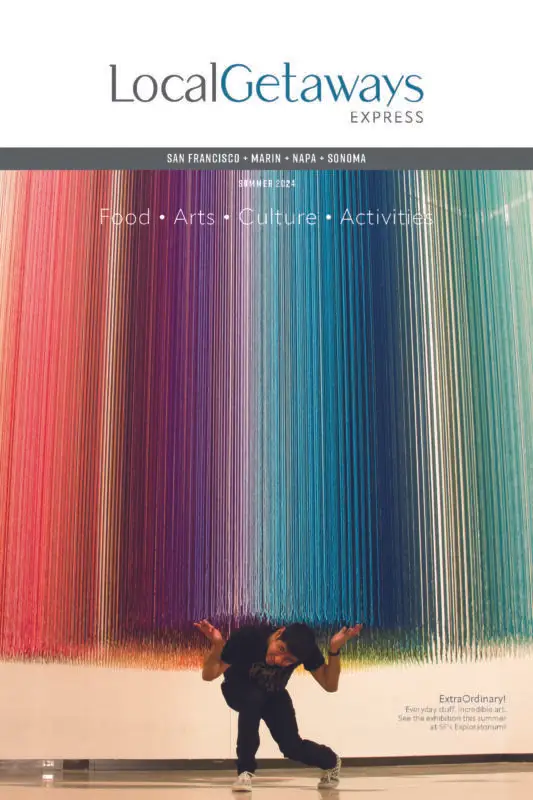The Bay Area is home to more than 50 species of mammals, 250+ species of birds, 20+ species of reptiles, and 10+ species of amphibians. Some are rare enough to be listed as federally endangered or threatened. But many of these wild animals are highly adaptable and can be seen in many of our open spaces and even our backyards. Richard Vacha, an experienced local animal tracker who offers classes and workshops at the Point Reyes Tracking School, offers this roundup of five animals you’ll see in most places in the Bay Area — and some tips for spotting them in this wet and cool season.
Featured Photo: Courtesy of Meg Jerrard/Unsplash
Coyote
(Canis latrans)
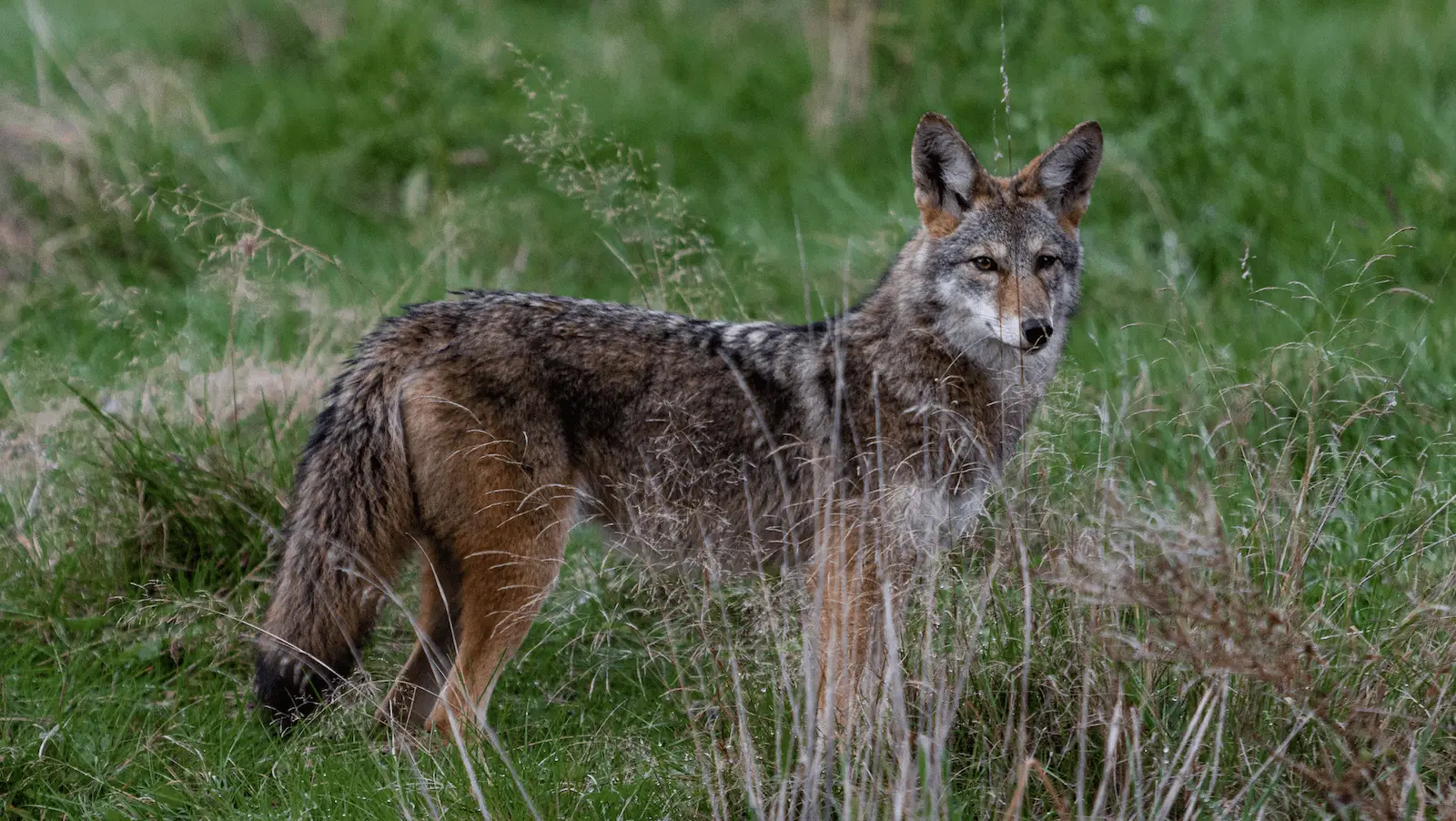
The coyote was originally confined to the Southwest, but over the last 100 years — despite government-sponsored extermination programs — has instead expanded its population and range to all of North America and nearly all habitats. As a predator, it is an unwelcome visitor to ranches and chicken coops, but it deserves respect for its intelligence and adaptability.
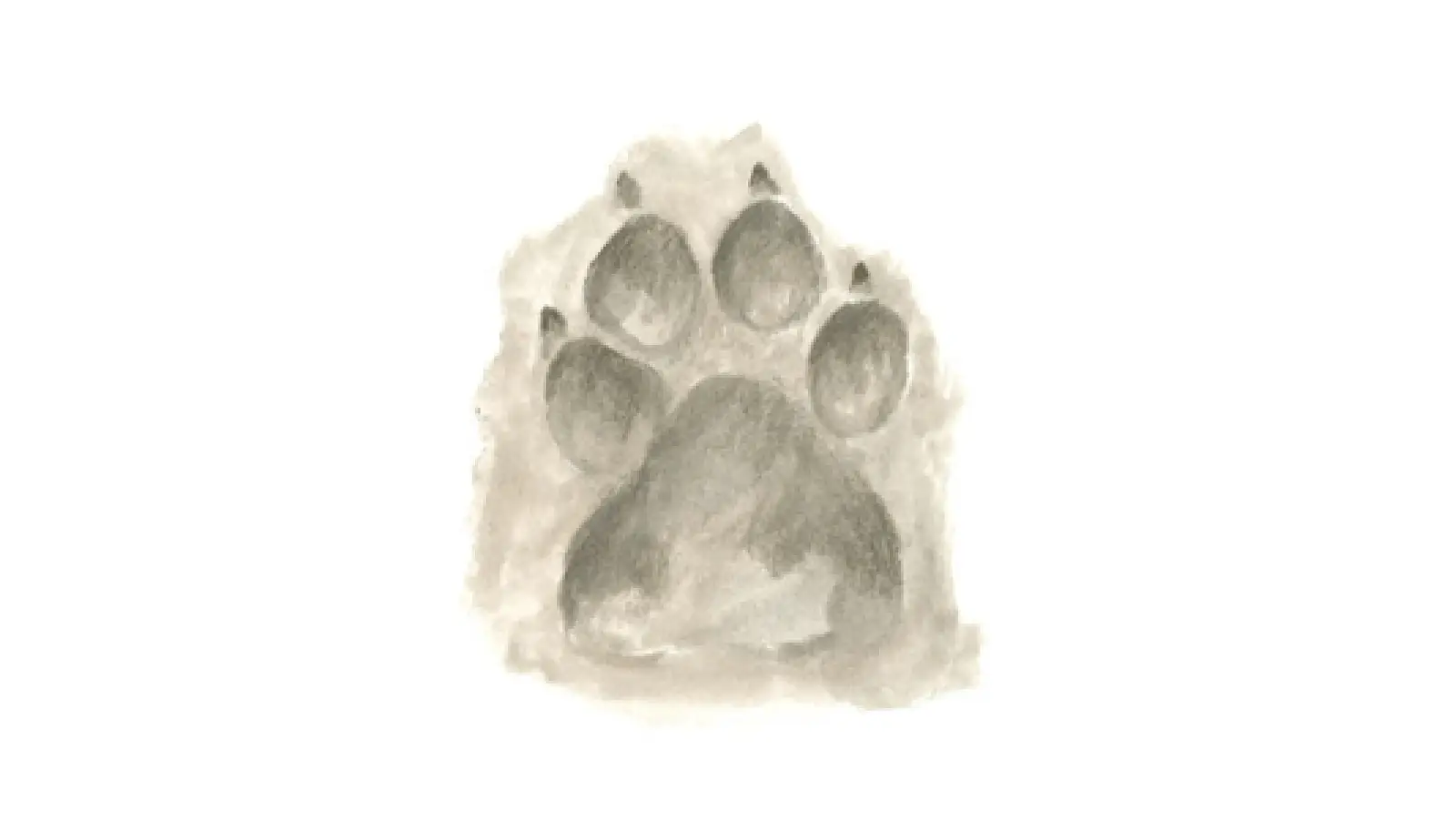
As winter comes and courting season begins, coyotes sometimes pair up to run in long arcs and circles in open areas like beaches or meadows, like they’re dancing with their partner. Also, with the courting season their iconic yip-howl sessions are getting louder and longer from early to late in the night. People often think this is the sound of the hunt, but when they’re yipping, they’re not hunting; Rather, they’re gathering to reaffirm their bonds with the pack and their social status. Part of their amazing success is that they can hunt both as social groups for larger prey and solo for smaller prey. Those howling conversations are coyotes reaffirming their family bonds and also declaring their territory.
Inhabits: You can see coyotes in open fields, chapparal, farmland, and coastlines.
Eats: Coyotes do hunt larger prey when they can, which puts them at odds with ranchers, but gardeners should appreciate the fact that a coyote’s daily diet is mostly rodents. They are highly effective rodent hunters, and they round out their diet with an exceptionally wide variety of berries, fruits and insects.
Moves: You’ll mostly see coyotes at night, but sometimes you’ll see them out in daylight hunting rodents in fields.
Striped Skunk
(Mephitis mephitis)
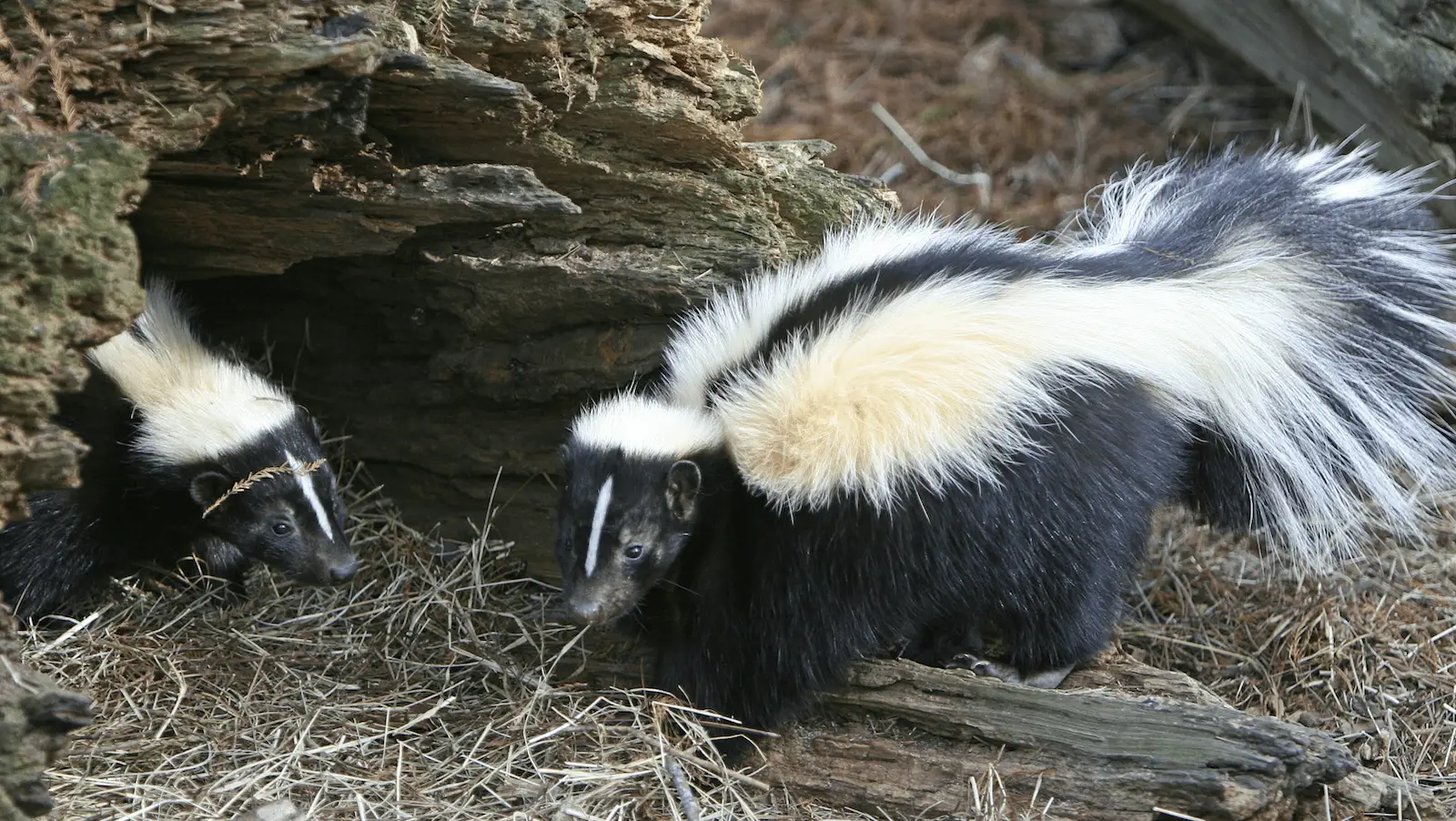
Though preyed upon by Great Horned Owls and an occasional carnivore, the skunk is remarkably unconcerned and unafraid of threats. It waves its tail like a warning flag and rarely has to use its potent spray, which it saves as a last resort. Because it’s not worried, you can get quite close to them as they forage unconcernedly through underbrush and field grasses.
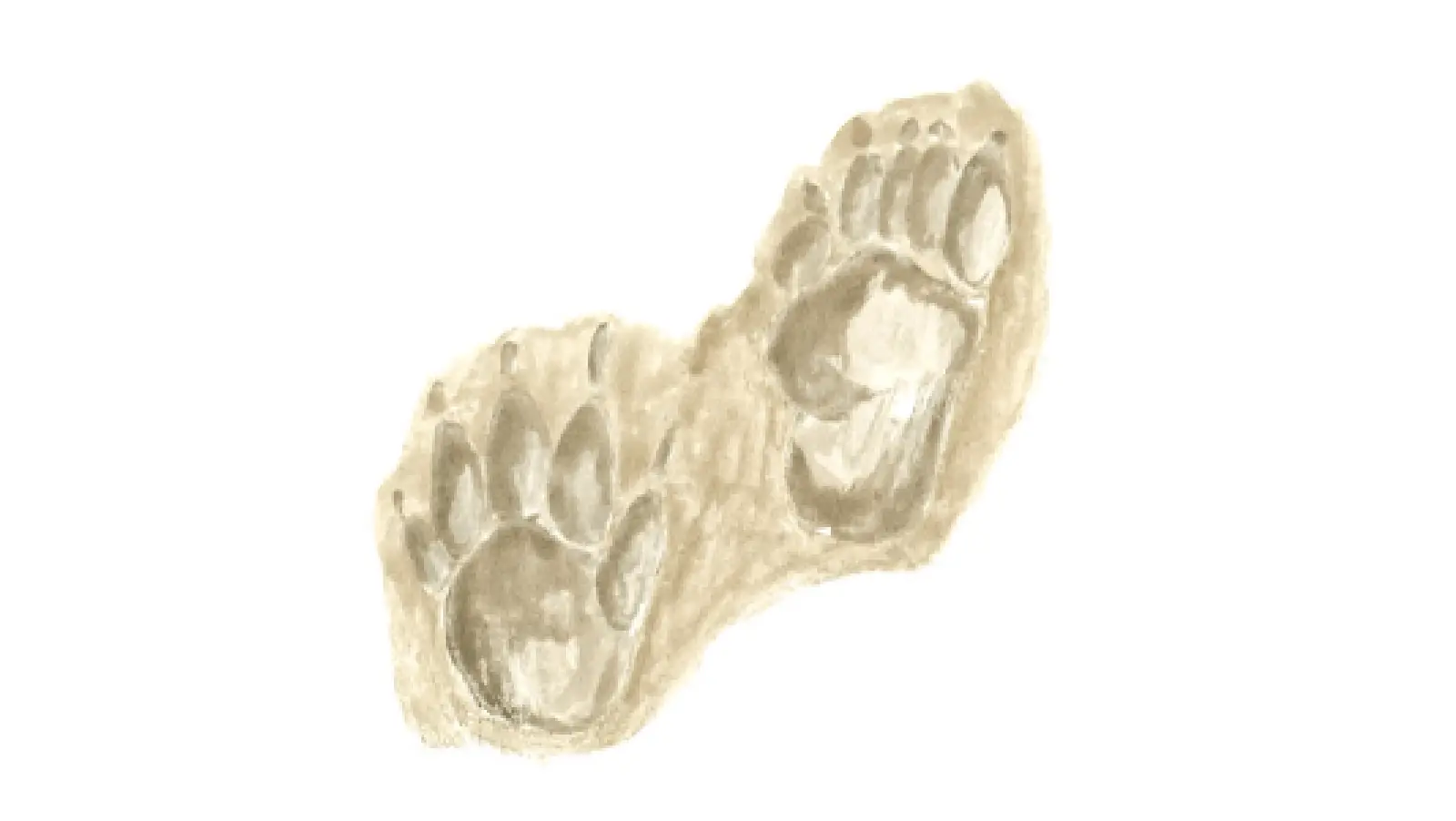
With the onset of cooler, rainier weather, skunks focus on feeding. They dig small conical holes to harvest the insect hatches brought on by rains. During the fall season, they are fattening up for the cold months ahead: Late December through early February is both their mating season and their hibernation period. They hibernate for a few weeks at a time, and when they wake up in between these long periods, they’re hungry and searching for mates. This drives them to wander further than usual, which also makes this skunk road-kill season. Please watch out for them.
Inhabits: These adaptable mammals can be found in wild and urban spaces alike.
Eats: Skunks eat mostly vegetation and large insects.
Moves: Skunks are most active at dawn and dusk.
Raven
(Corvus corax)

Similar to crows but larger and heavier, the Raven is one of the most intelligent birds. Extremely observant and perceptive, they have been known to recognize individual humans years after initial interactions. They have a much wider range of vocalizations than crows, from long strings of chortles to mews and whistles, as well as the familiar throaty caw calls. Ravens typically mate for life, but they still court their partners in the winter mating season, so you might see the male soaring, swooping, and tumbling, and the pair grooming each other when perched. Ravens will also walk for great distances hunting for insects. Here you’ll often see them walking in cow pastures overturning the cow-pies to harvest the beetles and other insects underneath them.
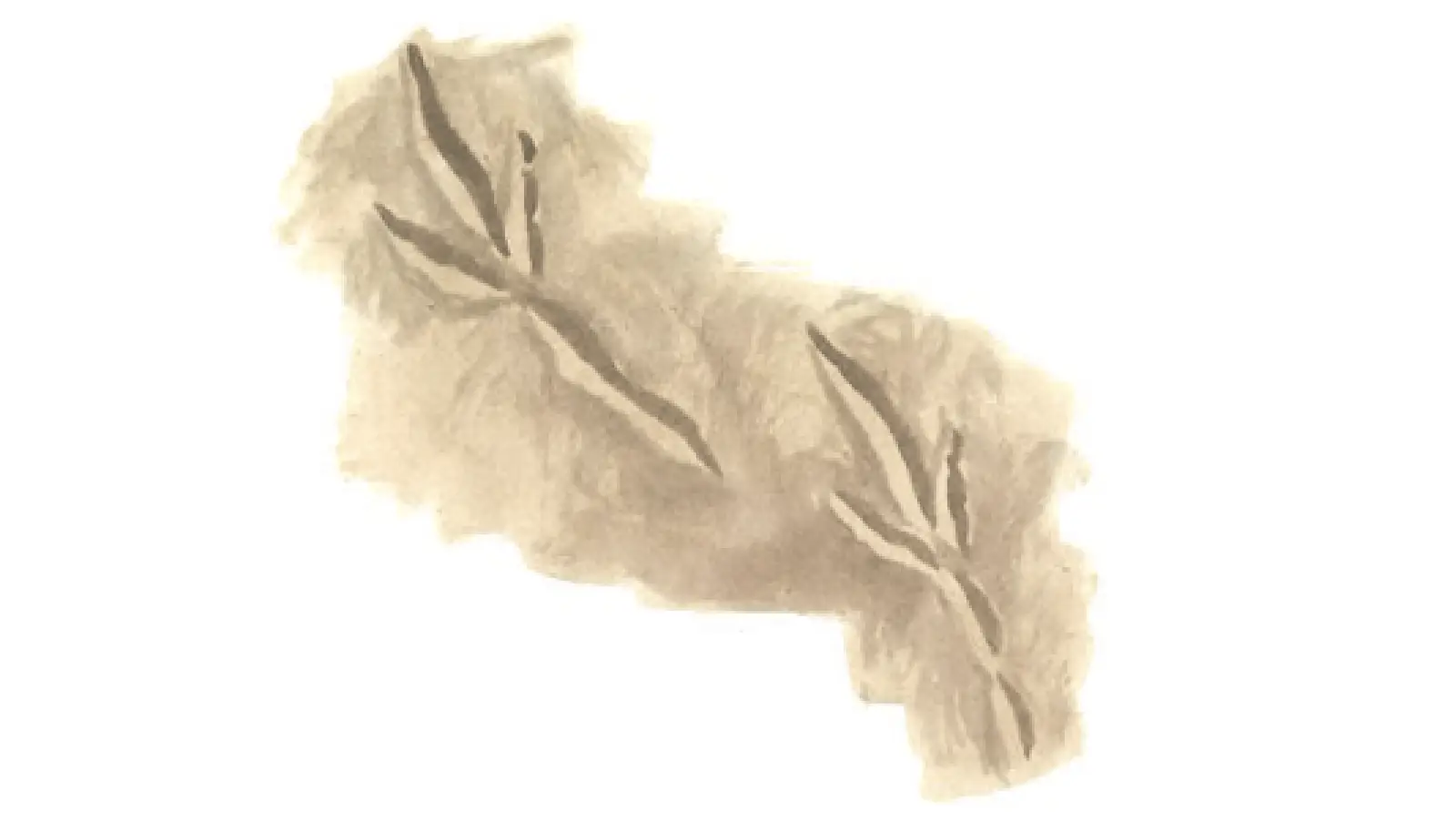
Inhabits: There are robust raven populations throughout the Bay Area, but this adaptable bird can live as a scavenger and predator in environments ranging from deserts to the Arctic tundra.
Eats: Ravens often hunt in pairs, but they will also scavenge meat and hunt for seeds, nuts, and insects.
Moves: Ravens are active from dawn to dusk.
Northern River Otter
(Lontra canadensis)
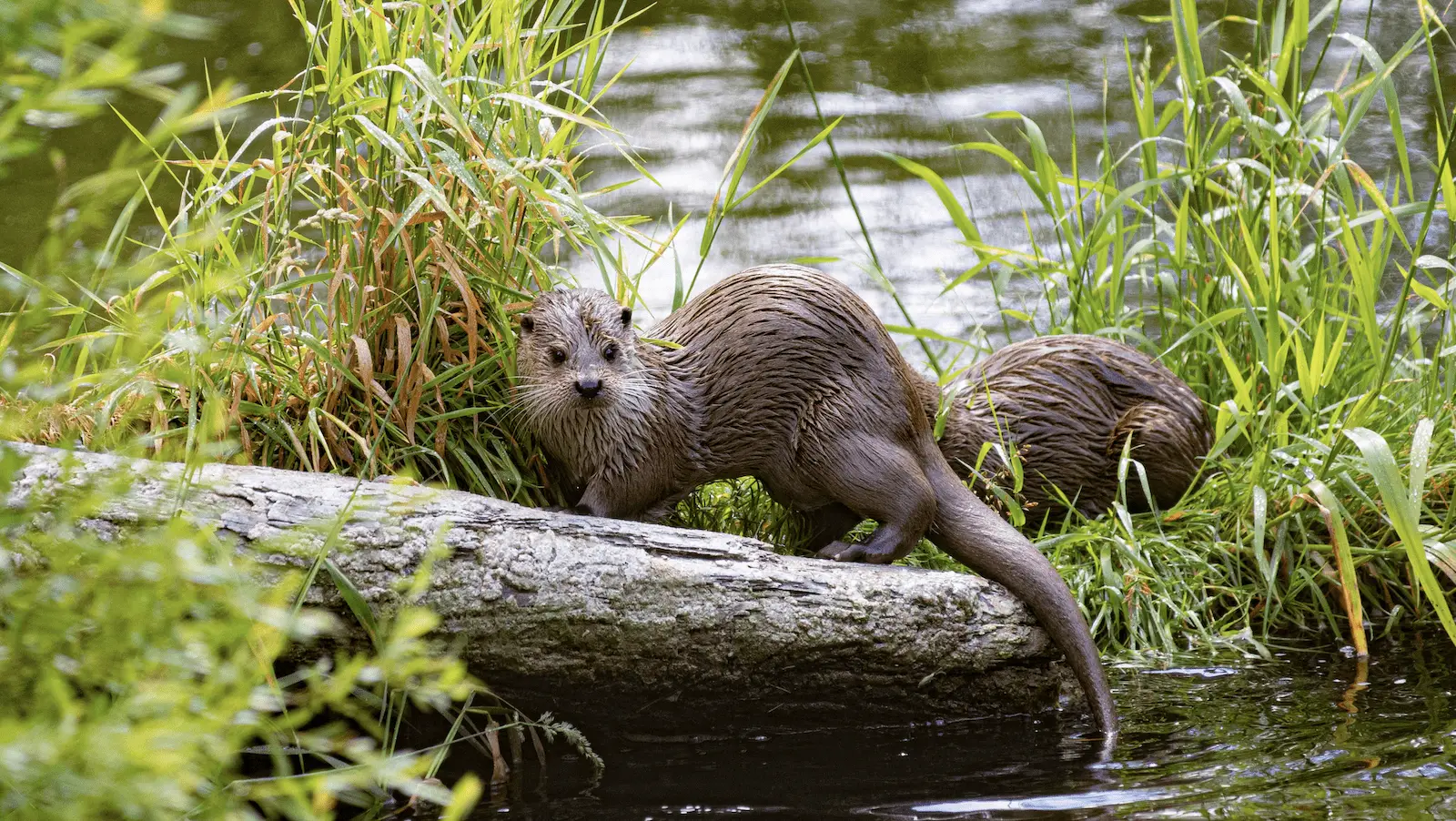
The Northern River Otter has an image problem that’s the opposite of the coyote’s. Many people want to hunt coyotes and kill them but many more want to hunt otters and cuddle them — or at least get some close-up movies, selfies and photos with the kids. Don’t. Otters are not puppies; they’re wild animals and get stressed by human contact. Please give them plenty of space and quiet.
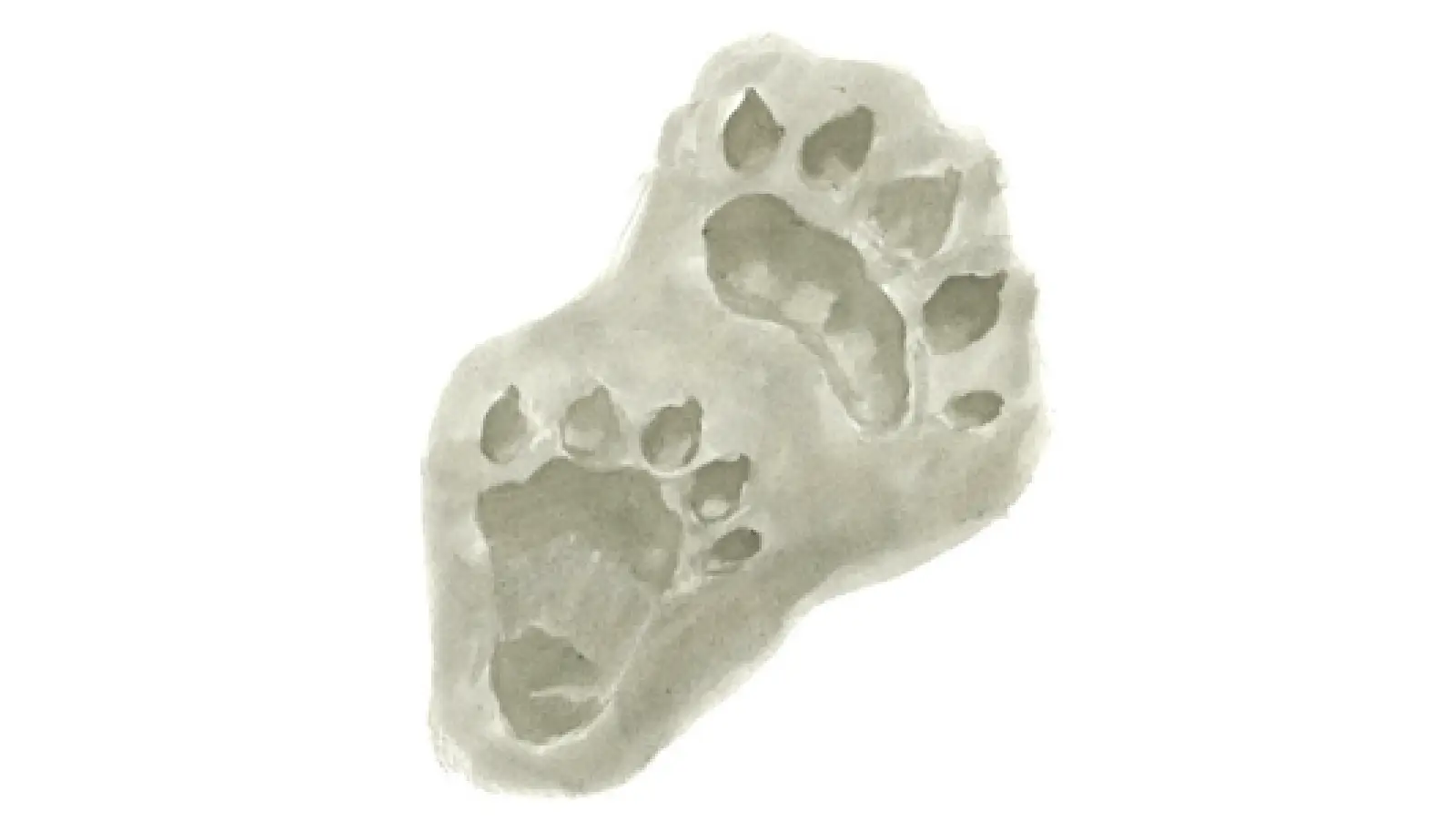
From a suitable distance — like 50 feet or so — sitting quietly and watching a family of otters frolic together is a delightful and memorable experience. They seem to be having fun playing together, and at the same time they’re cleaning and drying their fur, distributing waterproofing oils, and creating a strong scent marker. If you come across a patch of grass by a stream that’s sticky and matted down, that’s one of their rolling around sites, and you should be able to spot their favorite haul-out channels through cattails or other vegetation. In late fall, they are actively pairing up for their winter breeding season. Otters live in family groups of several generations in labyrinth-like burrows with multiple land and underwater entrances. Otters are also an apex predator. Local otters have been perfecting their ability to kill waterfowl, even large birds such as pelicans, by swimming underneath, grabbing the bird by the feet, and pulling them underneath to drown them.
Inhabits: Otters have expanded their range and population throughout the Bay Area over the last 20 years and can be found at just about any fresh or brackish water body in the Bay Area.
Eats: Otters are carnivores that live on fish and waterfowl.
Moves: You’ll see otters moving about mostly from dusk through the night, and into mid-morning, working the shorelines of lakes, creeks, and rivers and swiftly moving overland to get from one body of water to another.
California Vole
(Microtus californicus)

The Meadow Vole is a ubiquitous fast food item on the menu of just about every mammalian and avian predator in the Bay Area. With one of the highest birth rates of any mammals, the vole population goes through extreme seasonal fluctuations, exploding when the grasses grow in the wet season and plummeting when the dry season kills the grasses. They can cause a significant problem for agriculture when population levels are too high, but fortunately coyotes are excellent at helping to control vole populations.
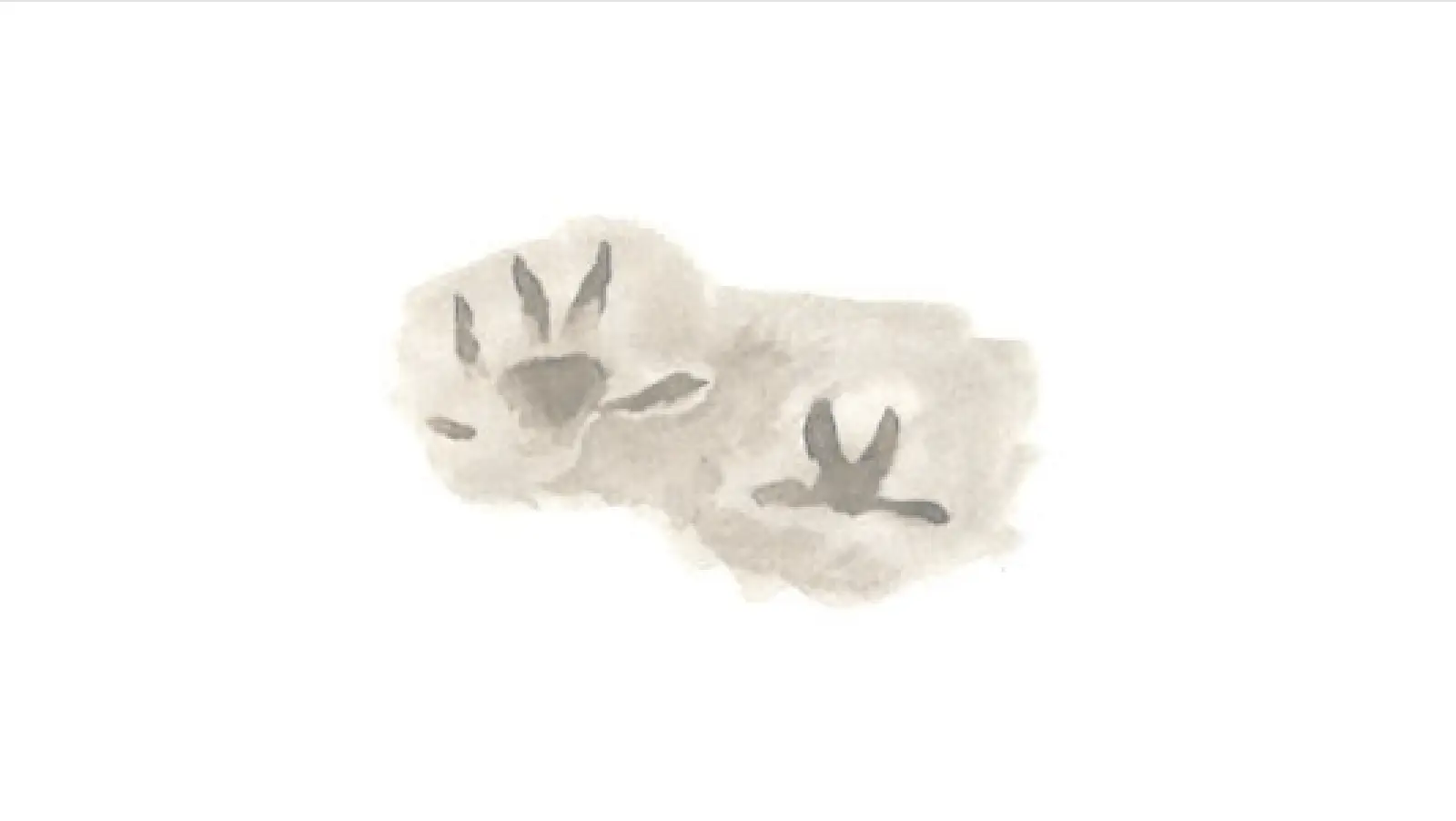
Voles require tall older grasses or other structural cover to keep from being seen by predators as they run through a “toboggan-run” surface of half-tunnel networks of trails. You can part taller grasses and see their surface run networks, with tamped down wide spots that are feeding platforms, where they bring grass and eat it. Every 8 to 10 feet you’ll also see a tunnel down to a nesting site (which a coyote may have recently dug up). When you’re done looking, please re-arrange the grass back to protect them.
Inhabits: Voles live in grassy fields, meadows and hilltops. Unlike mice, voles eat only vegetation and don’t find much indoors that interests them, so they don’t inhabit buildings.
Eats: Voles eat only green, growing grass on little feeding platforms every few feet along their runs.
Moves: To avoid detection, voles move mostly at dusk or dawn, shooting back and forth at lightning speed.
Looking for more things to do in the area?
Visit our What to Do in Northern California page!



